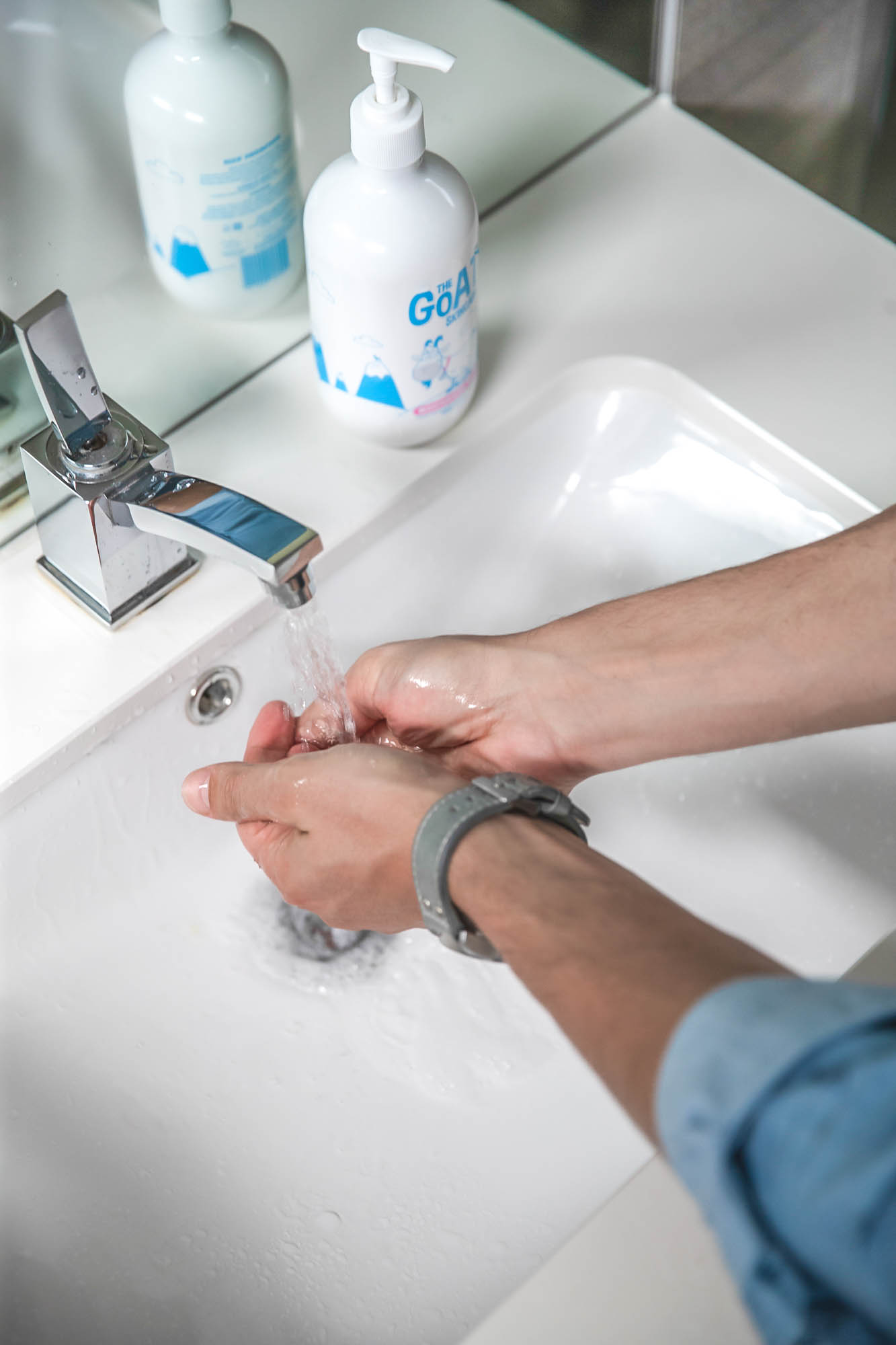The reason why you get hand dermatitis
It’s a condition that over one million Aussies suffer from. Yet when people see the aggravated, red and inflamed hands that atopic eczema (otherwise known as atopic dermatitis) causes, the reaction is more ‘recoiling in horror’ rather than empathy. Here, we shed some light on what causes hand dermatitis, and what you can do if you are one of the thousands who suffer from it.

What is hand dermatitis?
According to Allergy and Anaphylaxis Australia, one in three children suffer from eczema, and it’s an affliction that most commonly pops up in the first year of life. Typically, it’s a long term condition that presents as patches of skin that are dry, itchy, inflamed, sore, cracked, red and sometimes blistery.
Although most common on the hands – and both the knee and elbow creases – eczema can affect any part of the body, and it will often flare up in certain periods (ie: different seasons, diet changes, or stressful events). Although it may look painful, atopic eczema is not contagious (so definitely no need for recoiling in horror).

What causes it
The exact cause of eczema is unknown, however, the common link in all sufferers is that they are typically allergic types. Often, it’s genetic and people who have it may also find that they’re afflicted with asthma or hayfever too. However, whilst the exact cause may not be known, there has been research that shows certain things may trigger a flare-up, such as weather, stress, chemicals and other irritants, certain harsh soaps or detergents and sometimes even specific foods. Those with eczema cannot produce the necessary oils that otherwise would help protect the skin from irritants. This combined with a compromised skin barrier that both allows moisture to escape and irritants (like pollens or sweat) to penetrate, means the skin is zapped of all the moisture it needs, and as a result becomes itchy, dry and inflamed.


How hand dermatitis can it be treated
The disheartening thing about eczema and hand dermatitis is that there is no cure. However, the news isn’t all bad for sufferers – it can be managed, and many treatments can provide symptomatic relief. The consistent advice for relief is to wash using gentle cleansers that contain no harsh soaps or chemicals, and to moisturise often (multiple times a day). As the skin barrier in dermatitis sufferers allows moisture to escape (which in turn makes the skin dry) moisturising is vital in protecting the barrier, minimising water loss and locking the water in.
Because the skin is already inflamed, it’s important to also choose a moisturiser that is non-irritative, like our The Goat Skincare Cream. Look for variants free from artificial colours, fragrances, and parabens as these are more likely to be gentle on the skin.
In Australia, there are no national guidelines when it comes to managing eczema – and each organisation will have their own best-practice recommendations. If you are one of the many suffering from hand dermatitis or atopic eczema, seek the advice of a healthcare professional such as a dermatologist who will be able to recommend the best treatment plan for you.
It’s important to also choose a moisturiser that is non-irritative.


Add moisture and
create a barrier
with The Goat Skincare Cream
